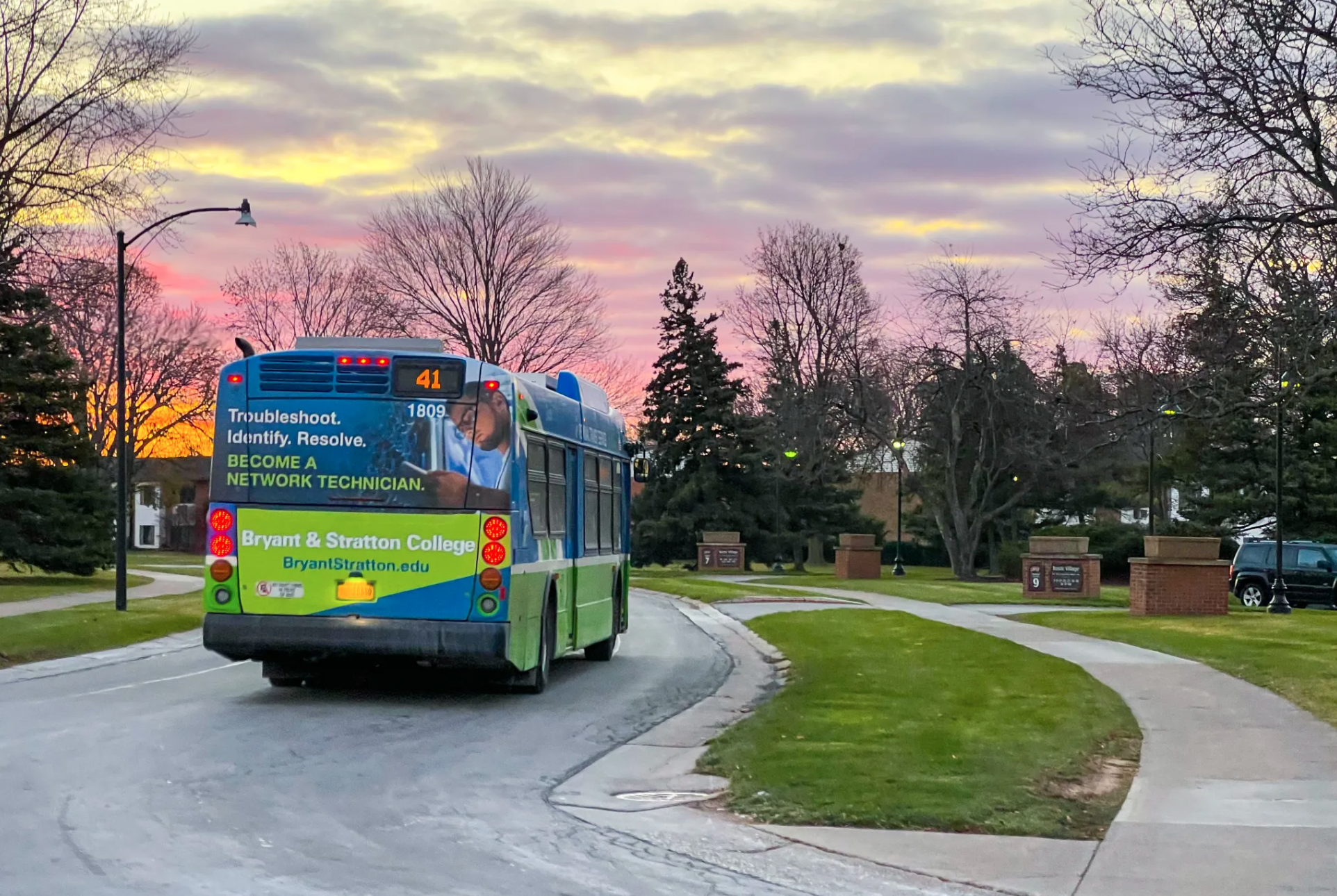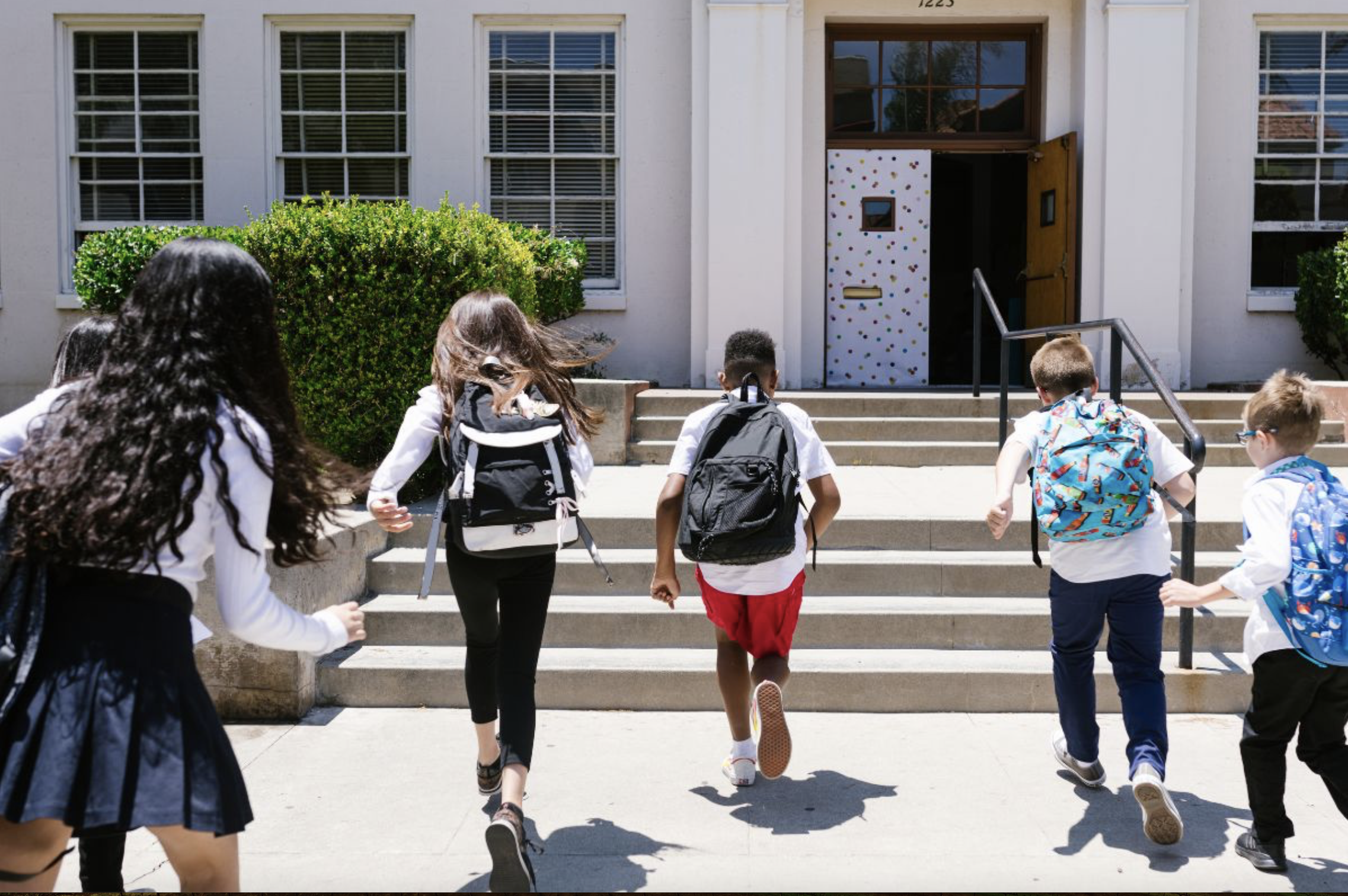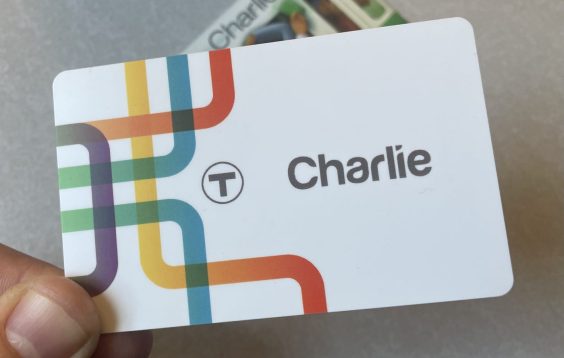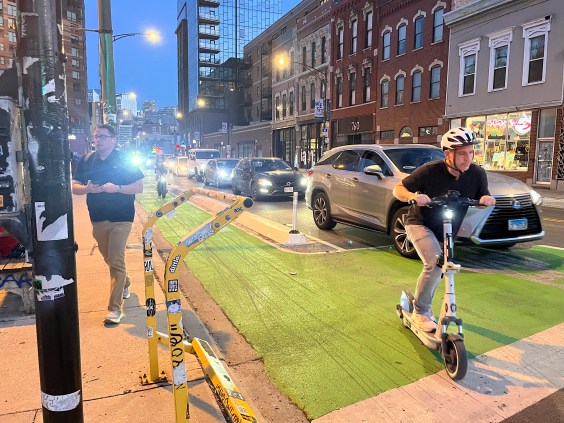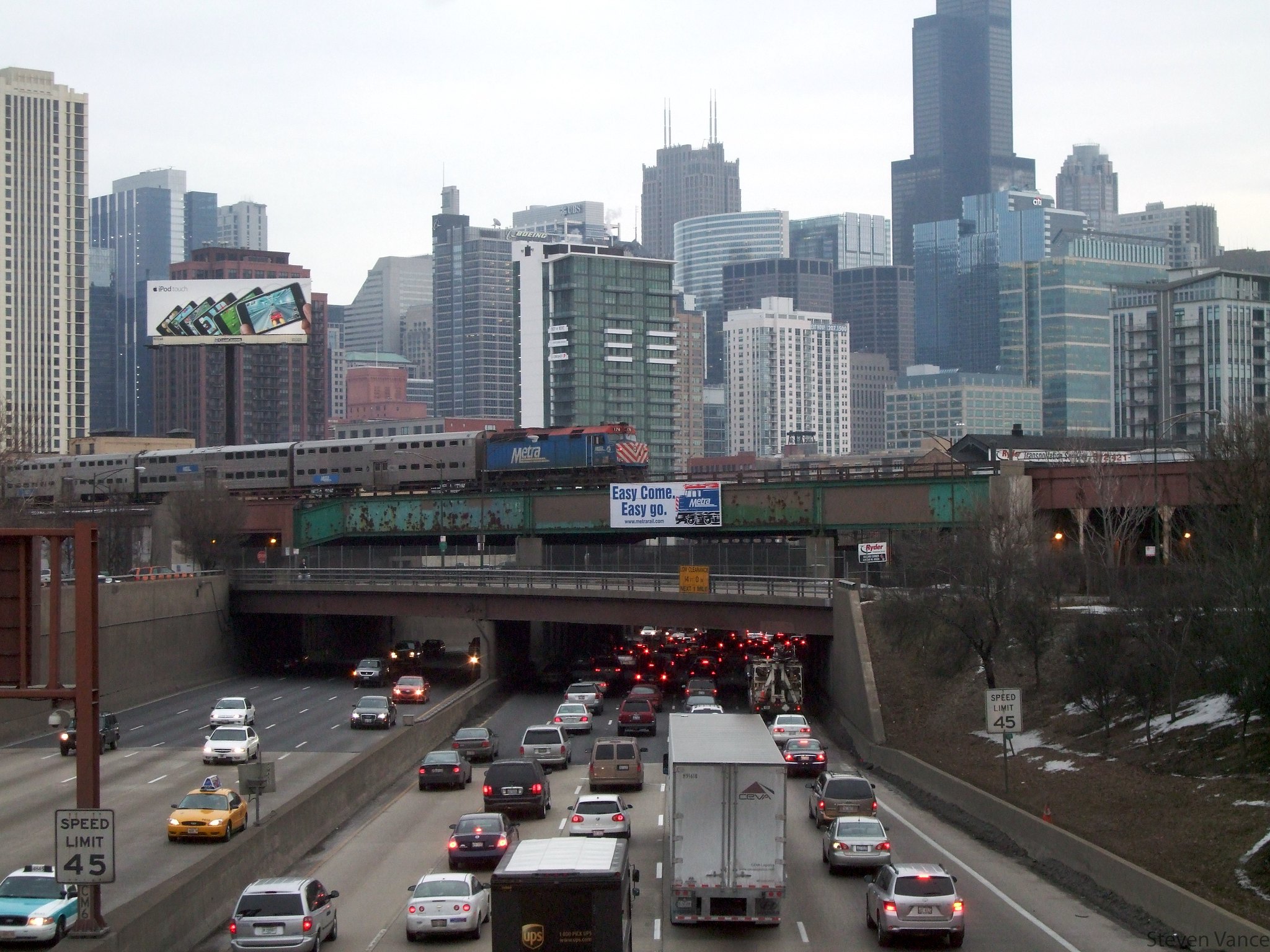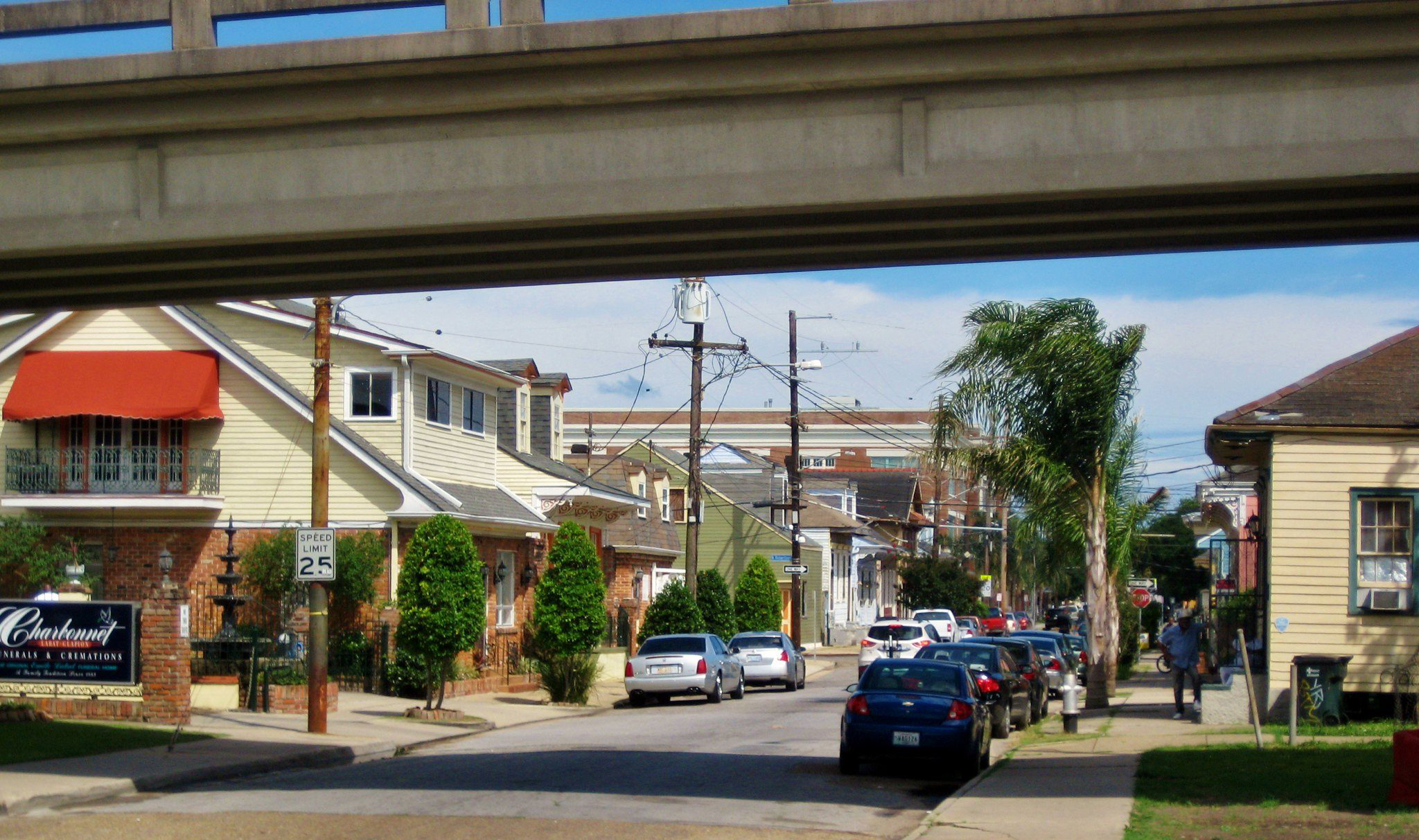Editors note: This article originally appeared on The Urban Phoenix and is republished with permission.
In March of 2021, Rochester, N.Y.'s Regional Transit Service (RTS) launched a new bus route design based on their “Re-Imagine RTS” campaign. Extensive public outreach, data collection and a re-evaluation of its entire network led RTS to revamp its fixed-route system, dubbed RTS Connect, while providing “On Demand” service in outlying areas (think Uber in mass transit form, with smaller buses that have the ability to provide customized drop-offs). On top of all of this was the digital ticketing feature through the Transit app, allowing riders to purchase fare and ride with their mobile device, as well as track arrivals and departures in real time.

The most notable upgrade with Re-Imagine RTS is the standardized frequency. Nearly every stop now sees a bus every 30 minutes between 6am and 6pm, with buses arriving every hour outside of that time period. Select high density routes feature a 15/30 minute frequency during this time period as well.
With any redesign of a transit system, there are winners and losers. With regard to my commute to work, I am a definite winner. A short 0.19 mile walk to the bus stop at Highland and Goodman, followed by a 10 minute bus ride with no transfers, and a quarter of a mile walk to my work makes for a tremendously convenient bus commute.
And when I want to go out to some of my favorite neighborhoods, I can grab the same bus going the opposite direction and travel to Park Ave, Monroe Ave and NOTA (Neighborhood of the Arts) in minutes. As someone who enjoys patronizing Rochester’s amazing bevy of restaurants, breweries and cocktail bars, taking the bus is not just convenient, it’s the responsible choice.

While previously my bus trips for work or play involved transfers, I can now go to work and so many of my favorite places in a single ride. Where I used to have to find cash, now I can pay with an app. Years ago I had to check the schedule, but I now know that my bus will arrive every 15, 30 or 60 minutes depending on the day and time, and I can track my bus arrival live on my phone.
I get it… the bus doesn’t work for everyone, even if you do live in the city. Some residents in Rochester lost convenient access due to RTS’s route redesign. Many more on the outskirts of urban density will never enjoy the benefits of transit, as transit cannot adequately function in places of sprawl without massive resources. RTS On Demand service is a new and innovative partial-answer to this problem and shows the importance of creative thinking with regard to maximizing service potential.

I am privileged to say that for me, public transit is a choice. I utilize it because it’s better for our planet and better for the connectivity and and equity of our communities. But the reason I find myself making the choice to access work, shopping and entertainment by bus more frequently is simply this… it’s easier now. Many of the layered barriers (transfers, no proximity to a stop, difficult access to the places I need to go, no app-based payment and tracking, etc.) that previously made me say “I’ll just drive” are no longer there.
Whether you choose to ride a bus or you rely on the bus, removal of the barriers to practical and comfortable access to public transit will always increase ridership. Make the choice easier and people will choose it more often.
But many more residents like me have a better bus network and better tools with which to navigate it. It’s a window into the possibility of what mobility could look like if we made better efforts to fund public transit and design our communities with transit-oriented development in mind. Like so much of the developed world, we too could have public transit systems, outside of our largest metros, that are robust and highly utilized because the reasons not to use them are few.
I was born in Chicago where “The El” and a supportive bus and larger commuter rail system can take a rider anywhere. I champion the building and expansion of light rail lines as part of mobility and economic development. I advocate for award-winning bus systems like CDTA in the Capitol District, which still hosts the only Bus Rapid Transit lines in Upstate New York. But quite honestly, this is the first time that transit in Rochester has ever truly worked for me and all that I want to do. My hope is that this is a first step toward a midsized-metro transit system that aspires to set a standard in a city that is seeing growth for the first time in decades.
